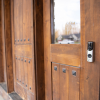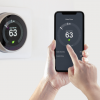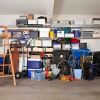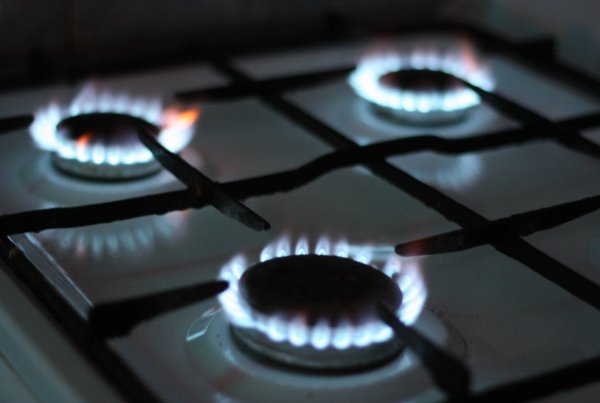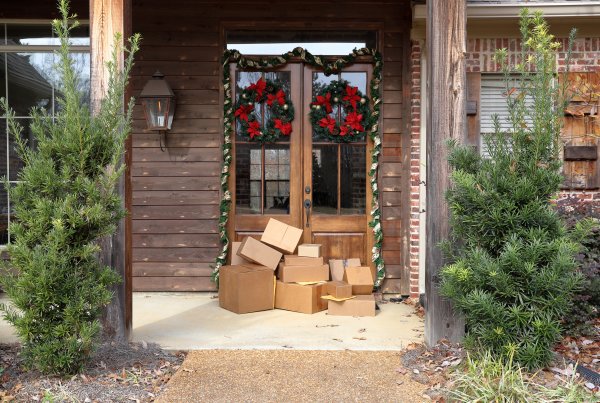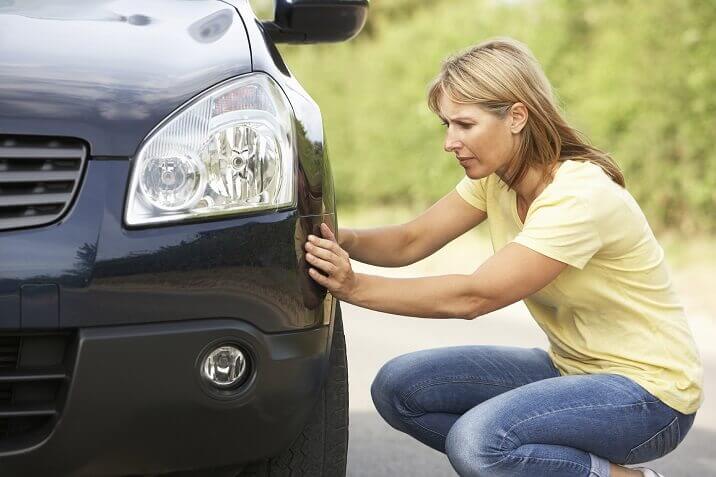
When you think about security and safety, perhaps you think about your home security system or the smoke detectors you have installed. Or maybe you work in a location where safety is paramount, and images of compliance and escape routes pop into your head.
However, you spend a significant amount of your time not at home nor at work but in your car. You know how much time you spend behind the wheel, and if it’s a lot of time, you’re not alone. See how many miles Americans average in their cars in this new study by AAA. An average is about 25 to 30 miles per day, it seems. (Although depending on where you live, you could be spending even more time in your car due to traffic!)
So what’s your safety mindset when it comes to your time on the go?
Just like you should be making sure locks are solid, lighting is thorough and your home security system is up and running, so should you on occasion do a safety check of your car. We don’t mean the kind of inspection done by a mechanic, necessarily, although that’s something that you’ll want to do on a regular basis too. No, we mean the laymen type stuff that anyone can keep an eye on.
Below are a few car parts we tend to take for granted—but shouldn’t—and tips on how to keep an eye on them to make sure they’ll work should you need them.
Seat belts
As this helpful article by Precision Tune points out, putting on a seatbelt is automatic, so we don’t think to actually check the condition of that seatbelt. We just reach and click. However, your seatbelt can literally mean the difference between life and death, so occasionally give your seatbelt a once over. Precision Tune suggests looking for tears, fraying or even places where the fabric is thinning. Check the buckles for signs of wear and tear as well. And check all of the seatbelts, not just the one you usually use. To make sure this gets done on a regular basis, make it a habit to check seatbelts every time you get an oil change.
Windshield wipers
Rain-X offers good tips on knowing when to change your wiper blades and how to care for them after installing. (I like their easy-to-interpret diagram to show you when you need to change your wiper blades!) They suggest installing new wiper blades every year on Groundhog Day, and inspecting the condition of wiper blades every six months. When checking on the state of the wiper blades, you’re looking for anything broken in the metal framing, corrosion of the metal, corrosion of the rubber part such as cracks or pieces missing, flexibility of the rubber part (meaning does it still bend and give), and whether or not the rubber part (actually called the squeegee) is still firmly attached to the wiper blade arm.
Headlights, brake lights and turn signals
When you’re cruising down the road, you might be carefully using all of your indicators to let other drivers know what you’re doing, like your brakes and your turn signals. But you probably don’t know if they’re not working! On occasion, do a light check. Have someone sit in the car and tap the brakes, put the car in reverse, and turn on the blinkers. While you’re on the outside of the car, make sure all of those lights are working! Also double check your headlights. Obviously, if one is burned out you’ll know when it gets dark. But you should keep them clean and make sure both of your brights are working.
Tires (including the spare)
When inspecting your tires, you’re checking for two things: tread and air pressure. To check the tread and make sure you have enough, simply do the Penny Test. That’s all it takes: a penny. And check all four tires! To check the tire pressure, check out this quick video that shows you just how easy that is to do. As with anything related to car safety, set a schedule for checking your tires—and check your spare at the same time! Having a spare doesn’t do you any good if it’s flat!
Horn
If you want to make this car safety inspection less boring, let your kids “inspect” the horn for you! Really, you just want to make sure the horn is working. It’s not something you use on a regular basis (we hope!), so if it were to quit working due to a loose wire, for example, you wouldn’t know if you weren’t periodically leaning on it to make sure that loud noise is working!
Mirrors
Like your horn, mirrors are something we can easily forget to inspect even though we are using those on a regular basis. They’re just something we don’t think about. However, they need maintenance and the occasional inspection too. For your car safety inspection, make sure all mirrors are clean, free of cracks, and firmly attached to the vehicle. In addition, make sure all mirrors are lined up correctly for you so you can use them for safer driving on the road! This is particularly important if more than one person drives your car and mirrors get messed with each time a new driver takes the wheel.
License plate
How is your license plate a safety feature, you’re wondering? If something should happen, you want your car quickly and easily identified, right? That’s why. Make sure it’s clean so it’s readable, and firmly attached to the vehicle so it’s not likely to fall off.
Obviously your car has many more moving parts (like your brakes) that are critical to your safety, and most of these require a mechanic to inspect them and keep them in good condition. But all of the “little” items mentioned above are parts you can keep an eye on with spending a dime. And it could be that little thing is what keeps you from having a big accident later down the road!
Related posts




